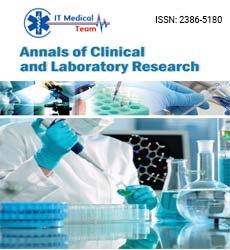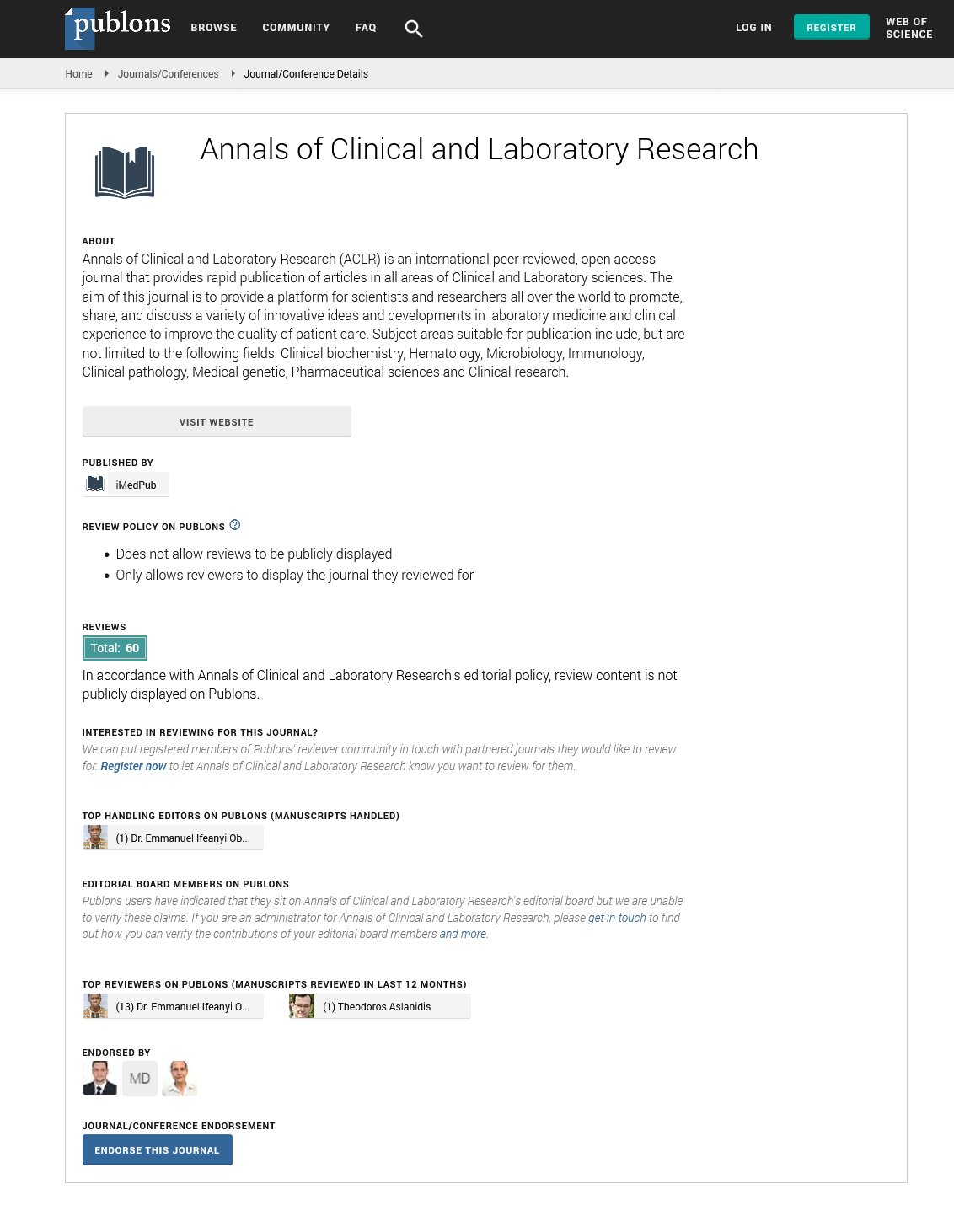Perspective - (2025) Volume 13, Issue 1
Osteogenic Effect of Rare Earth Nanomaterials and Mechanisms
Naomi Moore*
Department of Geography, Technological Institute of Buenos Aires, Buenos Aires, Argentina
*Correspondence:
Naomi Moore, Department of Geography, Technological Institute of Buenos Aires, Buenos Aires,
Argentina,
Email:
Received: 19-Apr-2024, Manuscript No. IPACLR-24-14744;
Editor assigned: 23-Apr-2024, Pre QC No. IPACLR-24-14744 (PQ);
Reviewed: 07-May-2024, QC No. IPACLR-24-14744;
Revised: 05-Feb-2025, Manuscript No. IPACLR-24-14744 (R);
Published:
12-Feb-2025, DOI: 10.36648/2386-5180.25.13.502
Introduction
Rare earth nanomaterials have garnered significant attention in recent years due to their promising applications in various fields, including biomedicine. Among their many potential uses, their role in promoting osteogenesis or bone formation, has emerged as a particularly intriguing area of research. This commentary aims to provide a concise overview of the osteogenic effects of rare earth nanomaterials and the underlying mechanisms driving these effects.
Description
Several studies have demonstrated the osteogenic properties of rare earth nanomaterials both in vitro and in vivo. For instance, nanoparticles of cerium oxide (CeO2), a type of rare earth nanomaterial, have been shown to enhance the proliferation and differentiation of osteoblasts, the cells responsible for bone formation. Additionally, these nanoparticles have been found to promote mineralization, leading to the formation of new bone tissue. Similar osteogenic effects have been observed with other rare earth nanomaterials, such as lanthanum-based nanoparticles.
The precise mechanisms through which rare earth nanomaterials exert their osteogenic effects are still being elucidated. However, several key pathways have been proposed based on existing research. One such mechanism involves the modulation of intracellular signaling pathways involved in osteoblast proliferation and differentiation. Rare earth nanomaterials have been shown to activate signaling molecules such as Bone Morphogenetic Proteins (BMPs) and Wnt/β-catenin, which play crucial roles in bone formation.
Another proposed mechanism involves the antioxidant properties of rare earth nanomaterials. Studies have indicated that certain rare earth nanoparticles, such as CeO2 nanoparticles, possess potent antioxidant activity due to their ability to scavenge Reactive Oxygen Species (ROS). By reducing oxidative stress, these nanoparticles create a favorable microenvironment for osteoblasts, thereby promoting their function and ultimately enhancing bone formation.
Furthermore, rare earth nanomaterials may interact with the Extracellular Matrix (ECM) of bone tissue, influencing its composition and structure. For example, lanthanum-based nanoparticles have been shown to enhance the expression of ECM proteins such as collagen and osteocalcin, which are essential for the formation of mineralized bone matrix. By modulating ECM remodeling, rare earth nanomaterials can facilitate the deposition of calcium phosphate crystals, leading to the formation of mature bone tissue.
The osteogenic effects of rare earth nanomaterials hold significant implications for regenerative medicine and bone tissue engineering. These nanomaterials could potentially be utilized to accelerate bone healing processes in patients with fractures or bone defects. Moreover, they may offer novel strategies for the treatment of osteoporosis, a condition characterized by decreased bone density and increased fracture risk.
However, several challenges and questions remain to be addressed in this field. For instance, the long-term safety profile of rare earth nanomaterials in biological systems needs to be thoroughly investigated to ensure their clinical applicability. Additionally, further research is needed to optimize the properties of these nanomaterials, such as their size, shape and surface chemistry, to maximize their osteogenic efficacy.
Conclusion
In conclusion, rare earth nanomaterials exhibit promising osteogenic effects through mechanisms involving modulation of intracellular signaling pathways, antioxidant activity, and interaction with the extracellular matrix. Harnessing these properties could lead to innovative approaches for bone regeneration and therapeutics. Continued research in this area is essential to fully understand the potential of rare earth nanomaterials in promoting bone health and addressing skeletal disorders.
Citation: Moore N (2025) Osteogenic Effect of Rare Earth Nanomaterials and Mechanisms. Ann Clin Lab Res Vol:13 No:1






